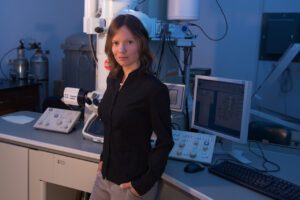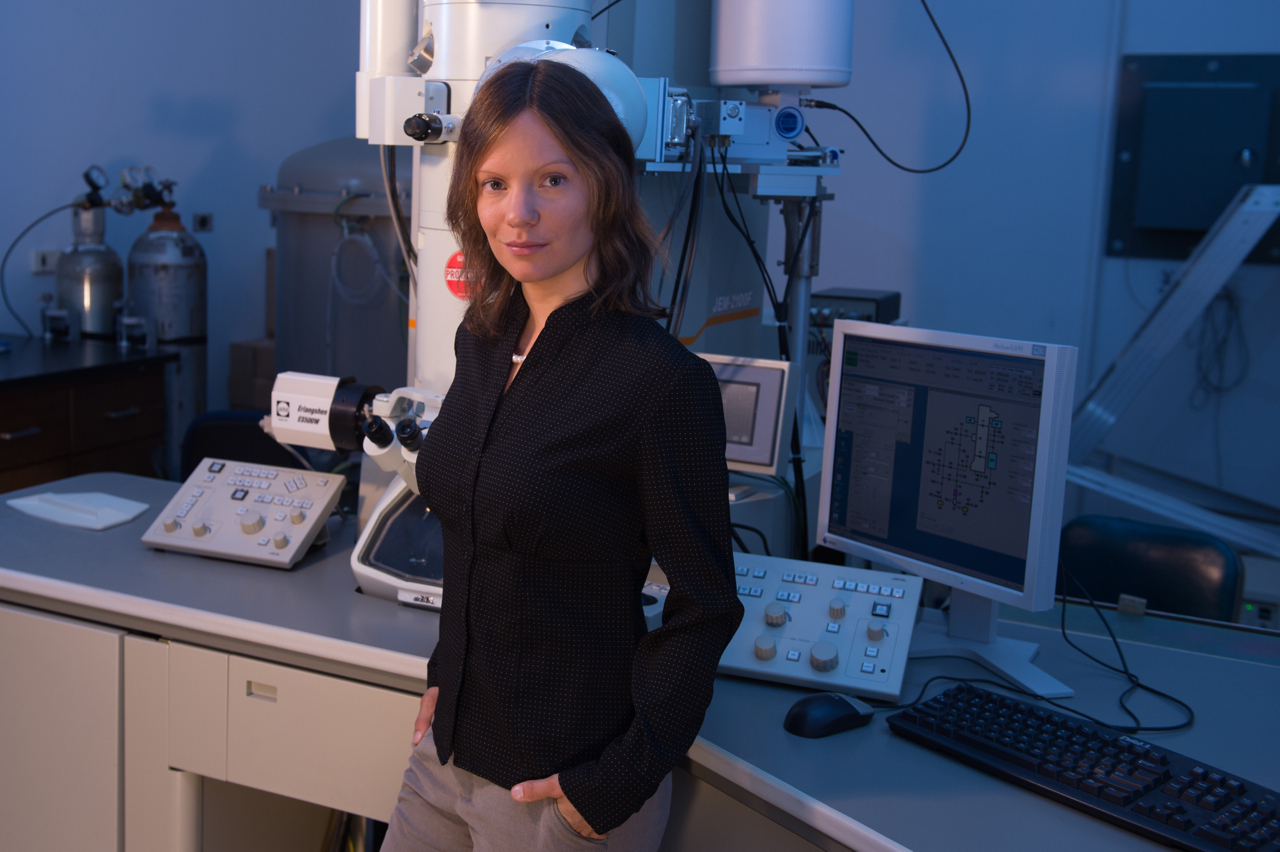
Frontiers in Nanotechnology Seminar Series Presents, Emilie Ringe from University of Cambridge
“Stable and Abundant Magnesium Nanoparticles for Light-Driven Processes”
 Energy and healthcare are key challenges facing the world. In particular, achieving energy independence, mitigating how energy production and utilisation affect climate change, and ensuring that an ageing population maintains high-quality lives even after a chronic illness or cancer diagnosis are vital to a sustainable and healthy society. Rarely has a single technology been able to impact both challenges simultaneously.
Energy and healthcare are key challenges facing the world. In particular, achieving energy independence, mitigating how energy production and utilisation affect climate change, and ensuring that an ageing population maintains high-quality lives even after a chronic illness or cancer diagnosis are vital to a sustainable and healthy society. Rarely has a single technology been able to impact both challenges simultaneously.
Localised surface plasmon resonances (LSPRs), light-driven coherent electron oscillations in metallic nanoparticles (NPs), have been known for decades, promising wide-ranging applications including in energy and healthcare. The physics of the enhanced light absorption by LSPRs is now well-understood in the field of “plasmonics” and their ability to drive chemical transformations and destroy tumours is well-documented.

Mg is the cheapest plasmonic metal by volume, is biocompatible, and can sustain strong LSPRs across the UV-Vis-NIR owing to its lack of interband transitions at those energies, making it an exciting material for nanoplasmonics. However, while Mg alloys have been studied for a century, nanoscale Mg is a recent and growing research field, akin to the state of Au NPs 50 years ago (after millennia of research on Au alloys). For Mg, the challenge of developing a nanoscience toolbox is compounded by its distinction from all other plasmonic metals: it has a different crystal structure (HCP, not FCC) and a high negative reduction potential, such that the synthesis and coating approaches of Au and Ag are not suitable.
This talk will first review fundamental advances in Mg nanoplasmonics, including stability, synthesis, shape control, crystallography, and optical properties. Then, recent advances in applications for enhanced spectroscopies (MEF, SERS), plasmon-induced catalysis, and theranostics will be discussed, exposing the potential of this abundant and biocompatible metal.
Get to Know Emilie
(Click HERE for Emilie’s CV)
Emilie Ringe started her bachelor’s studies at McGill, then transferred to Northwestern where she earned a B.A./M.S and a Ph.D. in chemistry. She performed her masters’ research with Prof. Jim Ibers, and PhD with Profs. Rick van Duyne and Laurie Marks. At Northwestern, she was awarded the Sarrett Scholarship, the Marple-Schweitzer award, graduated summa cum laude, was a Presidential fellow and received the Award for Excellence in Graduate Research. She then moved to the University of Cambridge where she received a Research Fellowship from Trinity Hall as well as a Newton International Research Fellowship from the Royal Society. She was then hired as an assistant professor at Rice University, where she established the Electron Microscopy Center and received an AFOSR-YIP, ACS-PRF, 3M New Faculty award, and funding from NSF and the US/Israel Binational Science Foundation.
In 2018, she moved back to Cambridge, joint between the Department of Materials Science and Metallurgy and the Department of Earth Sciences; she was promoted to professor (grade 11) in 2022. She received an ERC Starting grant, ERC Proof-of-Concept grant, and an EPSRC grant to pursue her studies of Earth-abundant plasmonics, for which she has been named one of the 2021 C&EN’s “Talented 12″, received the 2021 J Phys Chem C and ACS PHYS lectureship, and the 2014 RMS Award for Innovation in Applied Microscopy for Engineering, Physical and Material Sciences. She is an associate editor for Applied Physics Letters Materials and a fellow of Gonville and Caius College.
Frontiers in Nanotechnology Seminar Series Presents, Emilie Ringe from University of Cambridge
- This event has passed.
